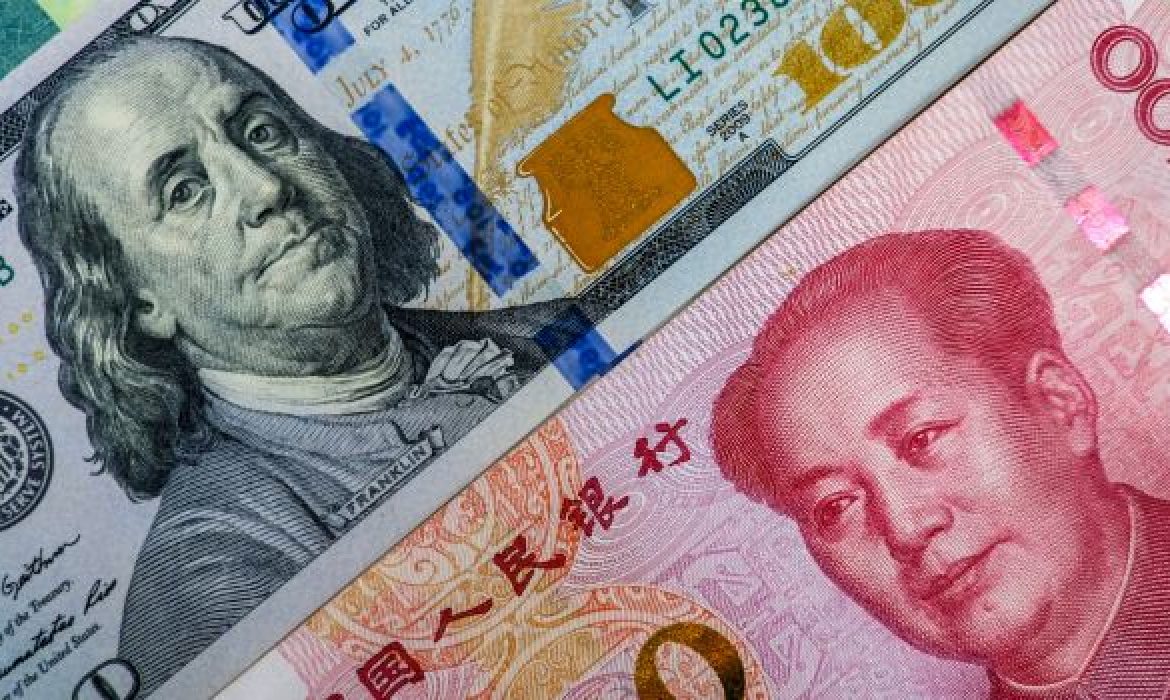
Date Issued – 24th October 2025
Courtesy of the Research Department at Balfour Capital Group
Key Points
- Trump-Xi Summit Set for Oct. 30: The upcoming Trump-Xi meeting at the APEC Summit aims to de-escalate trade tensions as both sides face looming tariff deadlines and stalled negotiations.
- China’s Five-Year Plan Prioritizes Consumption and Tech: Beijing reaffirmed a 5% GDP target while emphasizing domestic demand and high-tech self-reliance, signaling continued investment-driven growth despite weak consumer confidence.
- Oil Prices Hold Gains Amid Russian Sanctions: Crude benchmarks stabilized near $66 Brent as U.S. sanctions on Rosneft and Lukoil sparked supply concerns and positioned oil for its strongest weekly advance since June.
- Trump Ends Trade Talks with Canada: The U.S. halted negotiations after a disputed Canadian ad featuring Ronald Reagan’s remarks on tariffs, escalating tensions and adding uncertainty to North American trade relations.
Trump and Xi Set for High-Stakes Meeting as Trade Tensions Simmer
U.S. President Donald Trump will meet Chinese President Xi Jinping next week at the APEC Summit in South Korea, marking their first in-person engagement since 2019 and a potential inflection point in strained U.S.-China relations.
The meeting comes ahead of the Nov. 10 expiration of the current trade truce and Trump’s Nov. 1 deadline for new 100% tariffs, heightening market sensitivity to any signs of progress.
Analysts expect the talks to focus on rare earths, tech exports, and agricultural trade, with both sides signaling cautious intent to de-escalate while preserving leverage ahead of broader structural negotiations.
China Prioritizes Domestic Consumption and Tech Independence in Five-Year Plan
China’s leadership concluded the Fourth Plenum with a renewed focus on boosting domestic consumption and accelerating technological self-reliance, signaling a shift in policy tone as growth pressures mount.
While reaffirming a 5% GDP target for 2025, Beijing emphasized investment-led consumption in sectors like urban infrastructure, public services, and elder care rather than direct stimulus.
The plan also calls for a “significant leap” in technological strength by 2035, underscoring advanced manufacturing, AI, and quantum research as national priorities.
Analysts noted the continued reliance on state-driven investment over household income growth, reflecting caution amid deflationary risks and global tensions.
Oil Holds Steady After Surge as Sanctions on Russia Stir Supply Fears
Oil prices steadied on Friday following Thursday’s 5% rally, with Brent trading at $66.11 and WTI at $61.95, as traders assessed the impact of new U.S. sanctions on Russia’s Rosneft and Lukoil—companies responsible for over 5% of global crude output.
The measures, aimed at tightening pressure on Moscow, have led Chinese and Indian refiners to suspend or scale back Russian purchases, heightening concerns over near-term supply disruptions.
Despite Kuwait’s assurance that OPEC could raise output if needed, both benchmarks remain on track for a 7% weekly gain, signaling a market shift toward undersupply sentiment.
Trump Halts All Trade Talks with Canada Over “Fake” Reagan Ad Dispute
President Donald Trump abruptly terminated all U.S. trade negotiations with Canada on Thursday, citing a controversial Ontario-funded advertisement that used edited remarks from former President Ronald Reagan criticizing tariffs.
The $75 million campaign, led by Ontario Premier Doug Ford, aimed to air the ad across the U.S. to challenge Trump’s tariff policies.
The Ronald Reagan Presidential Foundation denounced the ad as misleading and unauthorized, prompting Trump to accuse Canada of attempting to influence a Supreme Court case involving U.S. tariffs.
This move marks the second suspension of U.S.-Canada trade talks this year, reigniting bilateral trade tensions.
Conclusion
Global markets closed the week balancing cautious optimism with renewed geopolitical strain.
Hopes for progress in U.S.–China relations, fueled by the upcoming Trump–Xi meeting, contrast with rising trade frictions between Washington and Ottawa.
China’s new five-year roadmap underscores a dual strategy of domestic consumption and technological autonomy, reinforcing its long-term growth ambitions.
Meanwhile, energy markets remain volatile as sanctions on Russian oil majors tighten supply expectations.
Overall, investor sentiment reflects a measured appetite for risk—driven by policy uncertainty, shifting trade dynamics, and the persistent interplay between political maneuvering and macroeconomic stability.
Investment Insights
- Trade Diplomacy Watch: The Trump–Xi meeting could reset market sentiment; investors should monitor tariff outcomes and potential easing in U.S.–China trade restrictions for equity and commodity plays.
- China Allocation Strategy: Beijing’s pivot toward domestic consumption and tech self-reliance favors exposure to sectors like advanced manufacturing, automation, and clean energy over traditional property-linked assets.
- Energy Market Volatility: Sanctions-driven supply risks may support higher oil prices in the near term; energy equities and commodity hedges could benefit from tightening global crude flows.
- North American Trade Risks: The U.S.–Canada fallout reinforces geopolitical headline risk—caution is warranted on cross-border sectors sensitive to tariff policy shifts.
Economic Calendar
| Date | Event | Why It Matters |
|---|---|---|
| October 24, 2025 | U.S. Consumer Price Index (YoY) | Critical inflation read that may shift expectations on future Fed rate cuts. |
| October 29, 2025 | FOMC Interest Rate Decision | Key policy decision that sets the tone for rates and global bond flows. |
| October 31, 2025 | Euro Area Flash Manufacturing PMI (Oct) | Early gauge of euro-zone industrial momentum and ECB policy direction. |
| November 3, 2025 | Japan GDP (Q3, QoQ) | Snapshot of Japan’s growth prospects amid currency and regional spill-over risks. |
Disclaimer: This newsletter provides financial insights for informational purposes only. It does not constitute financial advice or recommendations for investment decisions.




